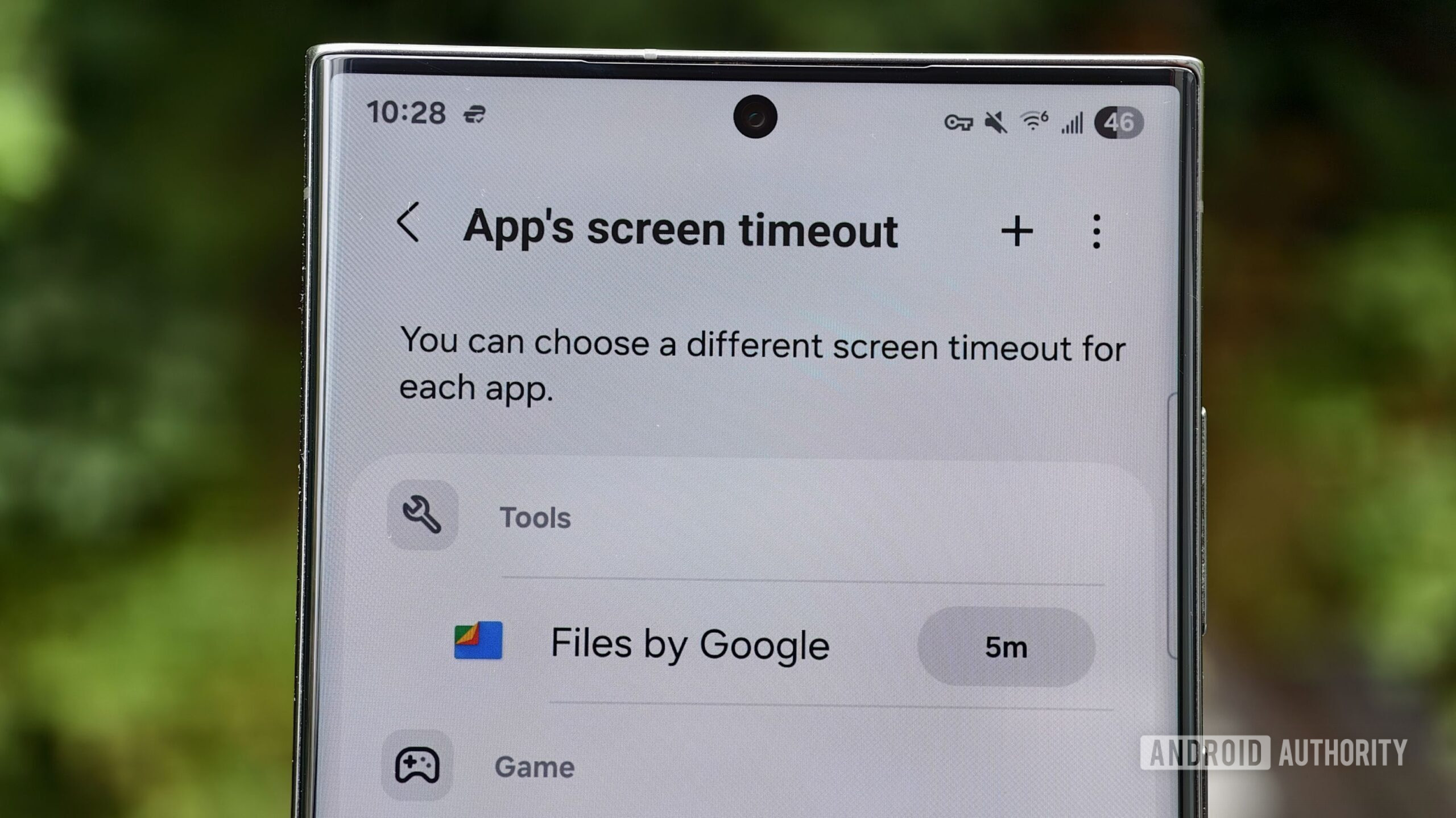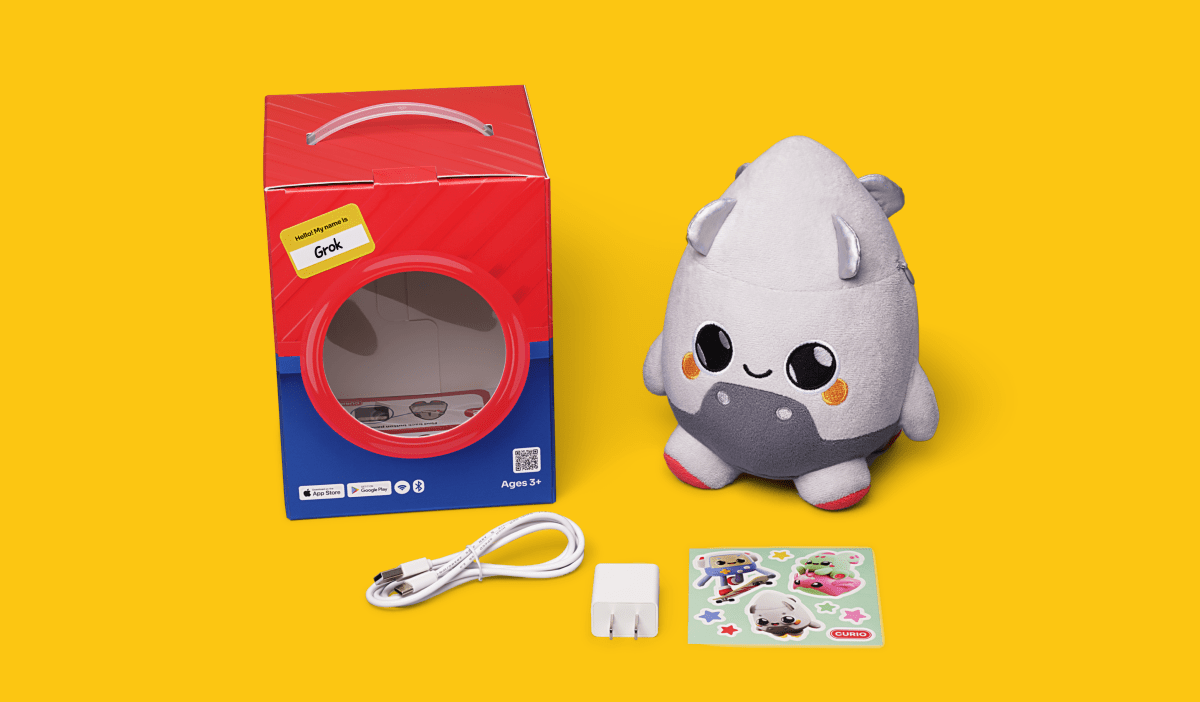Last year, Google announced it was accelerating Android’s release schedule. In the past, Google typically rolled out a single Android release each year with new APIs for developers. Starting in 2025, however, the company is moving to two such releases annually: one major and one minor. We’ve already received this year’s major release with the stable Android 16 update in June, and the upcoming Android 16 QPR2 update will be the first minor one. Here are some of the new features we think Google will release in Android 16 QPR2.
You’re reading the Authority Insights Newsletter, a weekly newsletter that reveals some new facet of Android that hasn’t been reported on anywhere else. If you’re looking for the latest scoops, the hottest leaks, and breaking news on Google’s Android operating system and other mobile tech topics, then we’ve got you covered.
Subscribe here to get this post delivered to your email inbox every Saturday.
Android 16 QPR2 will let AI agents control other apps
In my Android 16 review, I highlighted a new API called App Functions. This API allows developers to expose their app’s key features to the device’s default assistant, which can then execute those functions on the user’s behalf. For example, a restaurant app could expose an ‘order food’ function, allowing users to place an order with a voice command without even opening the app.
I posited that the App Functions API could turn Google Gemini into a true AI agent by enabling it to perform far more actions in third-party apps than it currently can. However, Google has been quiet about this functionality, even though the API is available in Android 16.
This may be because there’s currently no way to restrict an assistant’s ability to use the API without disabling the assistant entirely, which some users might find problematic. Android 16 QPR2 may solve this problem by introducing a page that lets you manage which assistant apps can perform actions on your behalf.
While digging through the latest Android Canary release, I spotted a new string in the Settings app for a page titled “agent control of other apps.” This page is destined for Android’s privacy dashboard, but it’s currently hidden. Another unused string I found says the page will let you control which assistants can “perform actions on your device and in other apps.”
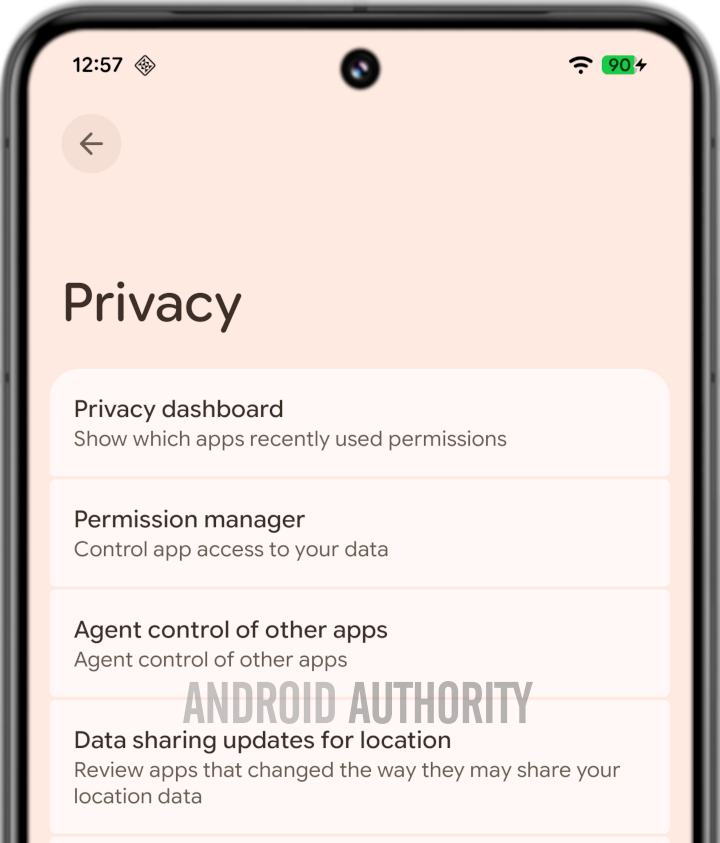
Mishaal Rahman / Android Authority
The page itself doesn’t open yet, as Android attempts to load an empty activity in the system’s Permission Controller app. This activity is only enabled if the device is running SDK version ‘36.1,’ which corresponds to Android 16 QPR2, confirming the feature is intended for this release.
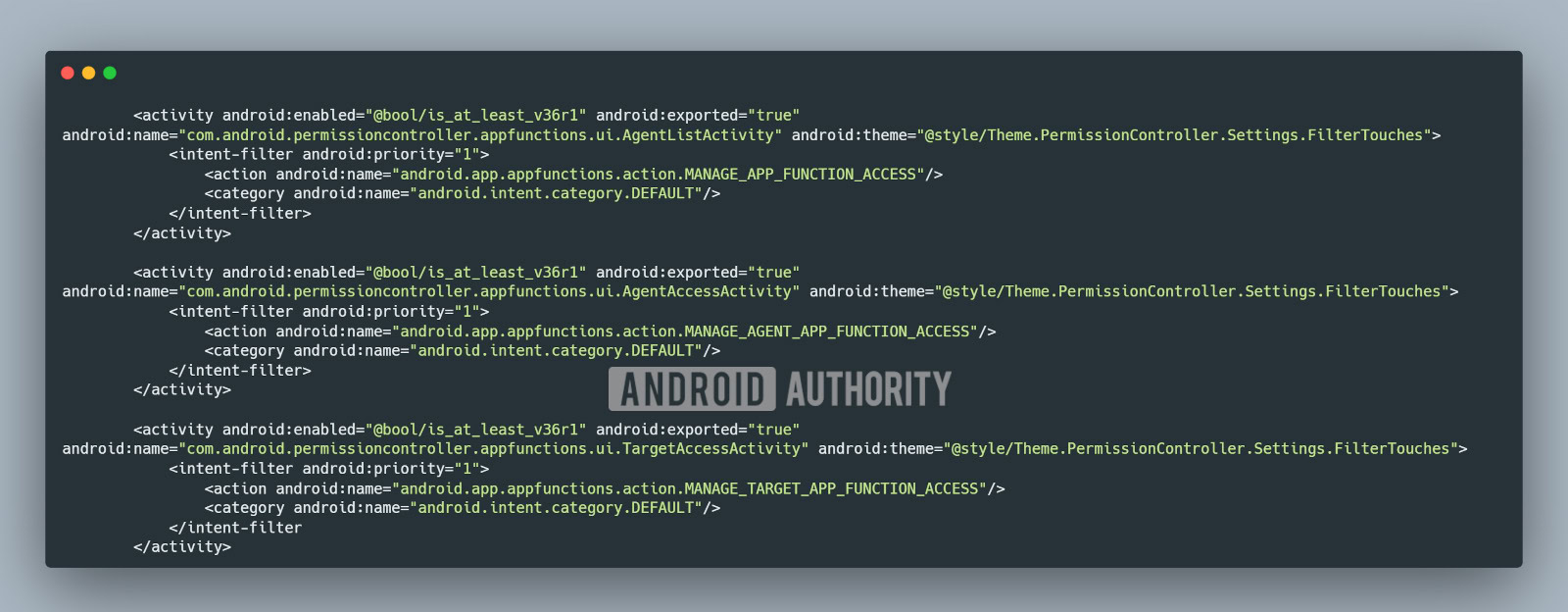
Mishaal Rahman / Android Authority
Android 16 QPR2 brings better parental controls for separated or mixed families
The internet is full of content that’s addicting or inappropriate for minors, which is why Android offers parental controls. Through Google Family Link, parents can remotely manage the apps and settings on their children’s devices. However, this system has a limitation: for multiple parents to manage the same child’s device, they must all be in the same Google family group. This can pose a problem for separated or mixed families, as it forces parents to comingle their various Google apps and family payment methods. Google may solve this issue with the new “local supervision” feature in Android 16 QPR2.
In the first Android Canary release, Google added a dedicated “Parental controls” page to the main screen of the Settings app. For context, these controls are currently located within the Digital Wellbeing settings in the stable version of Android 16. When we first attempted to open this new page, we hit an endless loading screen, leading us to believe the feature wasn’t implemented yet.
However, it turns out the feature is functional, just not its setup page. The dedicated “Parental Controls” page becomes accessible if you first manually enable parental controls, either during the initial device setup or via the link at the bottom of the Digital Wellbeing settings.
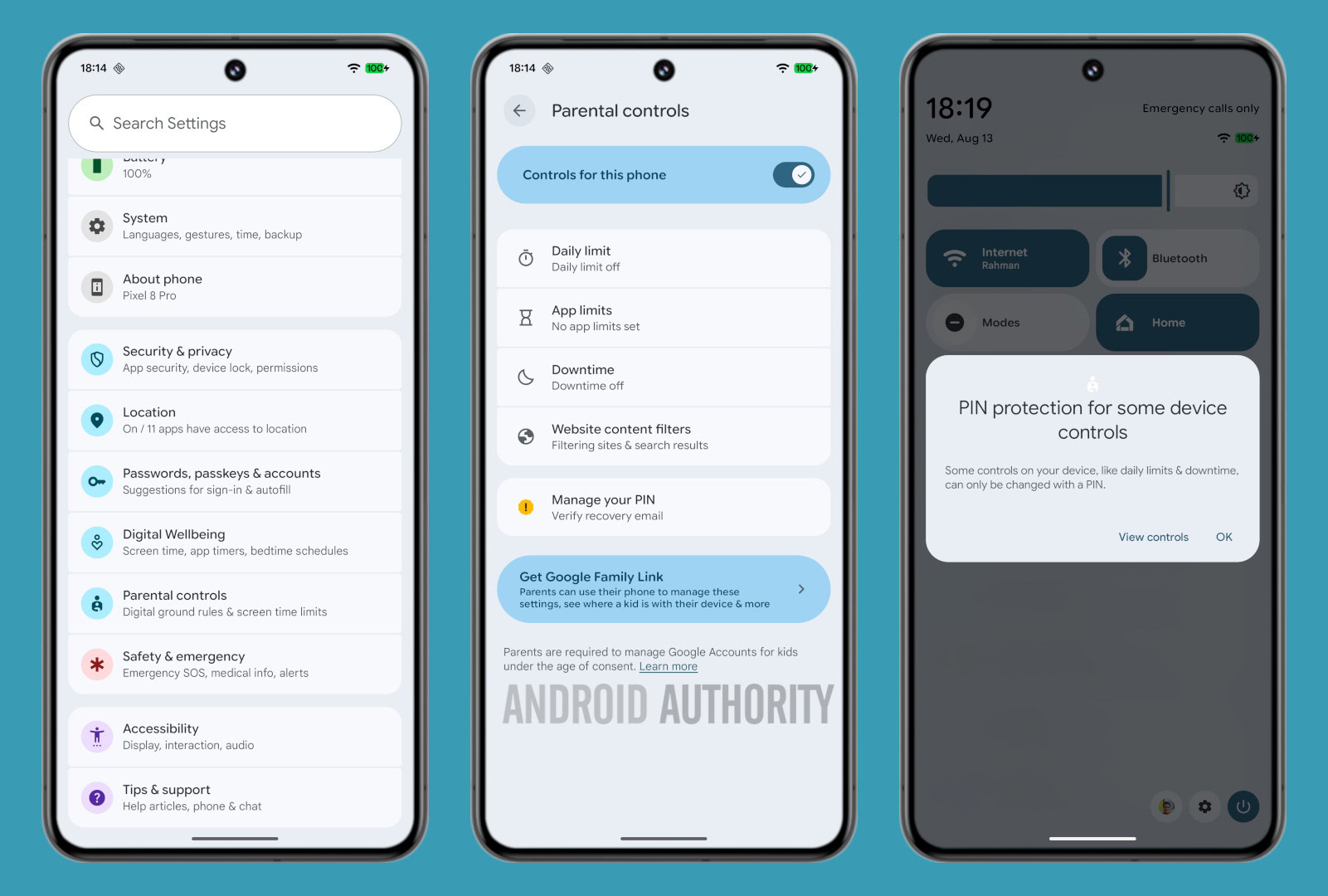
Mishaal Rahman / Android Authority
On the new “Parental controls” page, parents will find a familiar set of options. They can set a daily screen time limit, schedule downtime that locks apps but still allows calls, and apply time limits to specific apps. They can also toggle content filters in compatible web browsers and search engines.

Mishaal Rahman / Android Authority

Mishaal Rahman / Android Authority
While these settings are not new for parents who have used Google Family Link, the method of control is. The key change is the ability to manage these settings using a PIN set directly on the supervised device. When setting up parental controls in Android 16 QPR2, you’ll be asked to create this PIN and provide a recovery email. This email can be used if you forget the PIN or want to prevent a factory reset from removing the controls.
Setting a PIN creates a new “supervising” profile under the hood, which locks certain actions. This PIN is then required on the device to change settings like daily or app-specific limits, or to disable parental controls entirely.
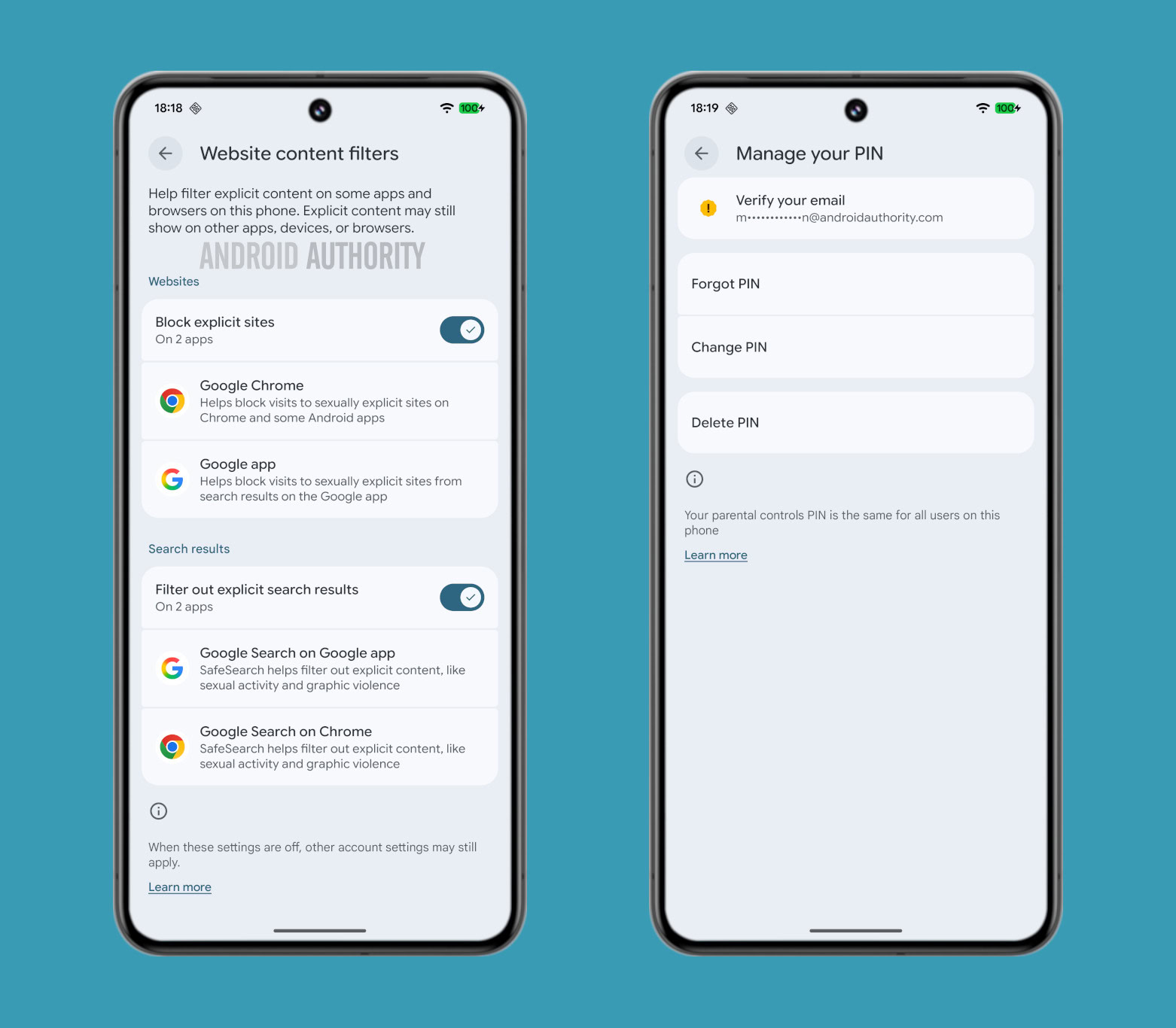
Mishaal Rahman / Android Authority
Previously, changing these settings on the supervised device required entering a parent’s Google account password. This system was not only inconvenient but also limiting. Because Google family groups can only have two parents, other trusted adults like a babysitter or grandparent couldn’t help manage a child’s device without being given a highly sensitive password.
A PIN, on the other hand, is much easier and safer to share. Any trusted adult who has it can adjust the daily limit, app restrictions, downtime schedule, or content filters. The PIN can also be changed at any time if needed.
While this new parental controls tool is more flexible, it won’t replace Google Family Link. Family Link offers additional remote settings and monitoring features, so it’ll remain a useful option for many parents.
We know this feature is coming in Android 16 QPR2 thanks to a code change we spotted in the Chromium Gerrit. This change adds a ‘separate gating mechanism for on-device filters in Android 16.1+,’ which we can confirm refers to Android 16 QPR2 for two reasons.
First, Google already confirmed that Android 16 QPR2 will include an SDK version bump to 36.1 from 36.0. Second, the code checks if a device’s build version starts with ‘BP41.’ Since Android 16 QPR1 builds start with ‘BP31,’ it’s a safe assumption that ‘BP41′ will be used for Android 16 QPR2. The code also checks for major and minor OS versions of ’16’ and ‘1,’ respectively. If these conditions are met, the device is flagged as supporting ‘local supervision’ features, which allow ‘non-signed in users’ to enable web content filters in Chrome.

Mishaal Rahman / Android Authority
Although Wear OS is based on Android, not every feature makes it to the smartwatch platform. This one also has utility on smartwatches, however, which is why Google is working to implement it. We don’t yet know if Google will include it in a mid-cycle Wear OS 6.1 release or wait until Wear OS 7, though.
Enhanced UWB support in Android 16 QPR2
Lastly, we’re expecting Android 16 QPR2 to introduce support for a new version of ultra-wideband (UWB). A code change Google submitted in February added flags for “grapi and uwb updates for 25Q4.” Here, “grapi” refers to the Generic Ranging API introduced in Android 16, while “25Q4” refers to the fourth quarterly release of 2025 — i.e., Android 16 QPR2.
Google is preparing to upgrade Android’s UWB stack with features from the FiRa 3.0 core specification. This new spec adds features like hybrid UWB scheduling, which allows multiple UWB applications and features to run concurrently. It also improves data transfer by allocating exclusive airtime to it, boosts the quality and integrity of UWB pulses, and enhances the security of the protocol’s physical layer. These enhancements will enable more sophisticated UWB use cases, like public transport fare collection, contactless payments, and logical access control.
Those are all the features we know are coming in Android 16 QPR2, or at least are planned for that release. We expect some of the changes we’ve spotted in the Android Canary releases to make their way into QPR2, but we won’t know for sure until Google releases the betas. Speaking of which…
When is the Android 16 QPR2 release date?
The stable version of Android 16 QPR2 should arrive sometime in December 2025, with Google currently targeting a December 2 release. However, the company has changed its release plans in the past, so don’t be surprised if the date shifts. The only thing we can be reasonably sure of is an early December launch, as this will be the fourth and final quarterly Android release of 2025.

Android’s 2025 release timeline overview
Authority Insights is more than a newsletter — it’s the hub for all our best content. If you care about Android, you won’t want to miss any of our other exclusive reports.
Don’t have time to read them all? Subscribe to our Authority Insights Podcast to hear me and my co-host, C. Scott Brown, break down our top stories of the week.
This week’s top Authority Insights
Google is preparing to take on Duolingo and gaming forums
We went hands-on with Google Translate’s Duolingo rival ahead of its launch
Related
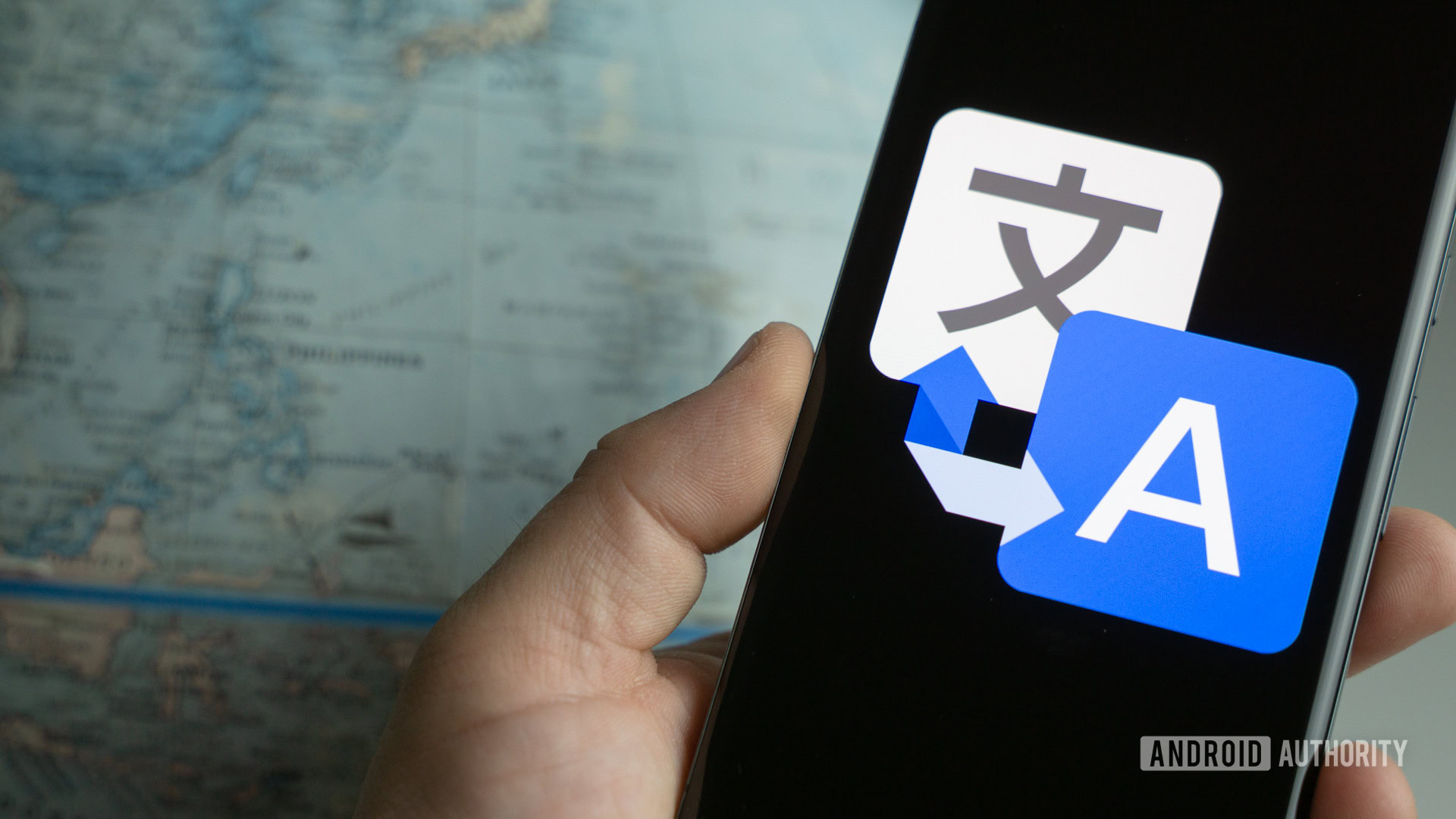
Google could be building a gaming community forum directly into the Play Store
Related

Android’s Linux Terminal app is incredible
Hands-on: We ran full desktop Linux apps on an Android phone!
Related

Major updates are coming to Find Hub
Google will help you pester your friends into turning location sharing on
Related
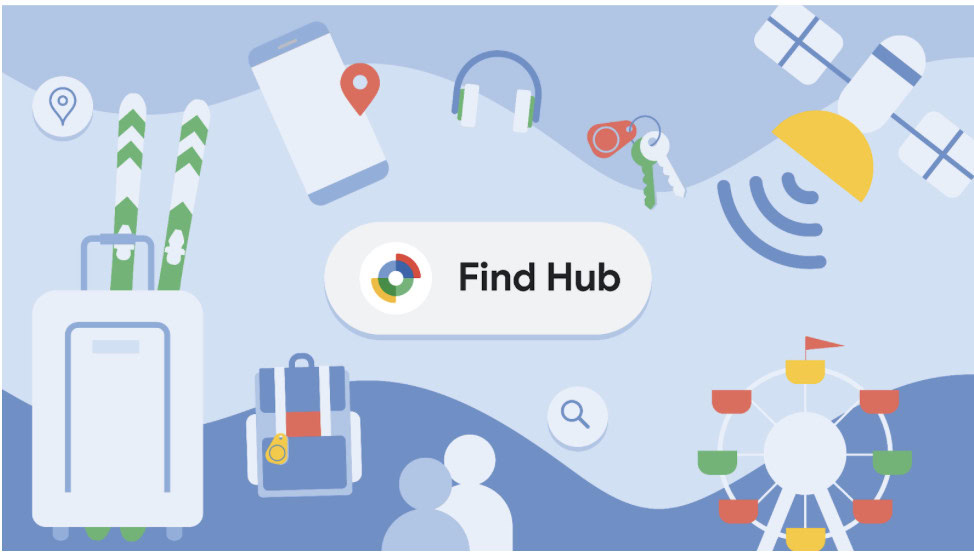
Here’s how Google Find Hub satellite location sharing is going to work
Related

The Gemini updates never stop
Gemini on Android may soon support the full range of Canvas creation options
Related
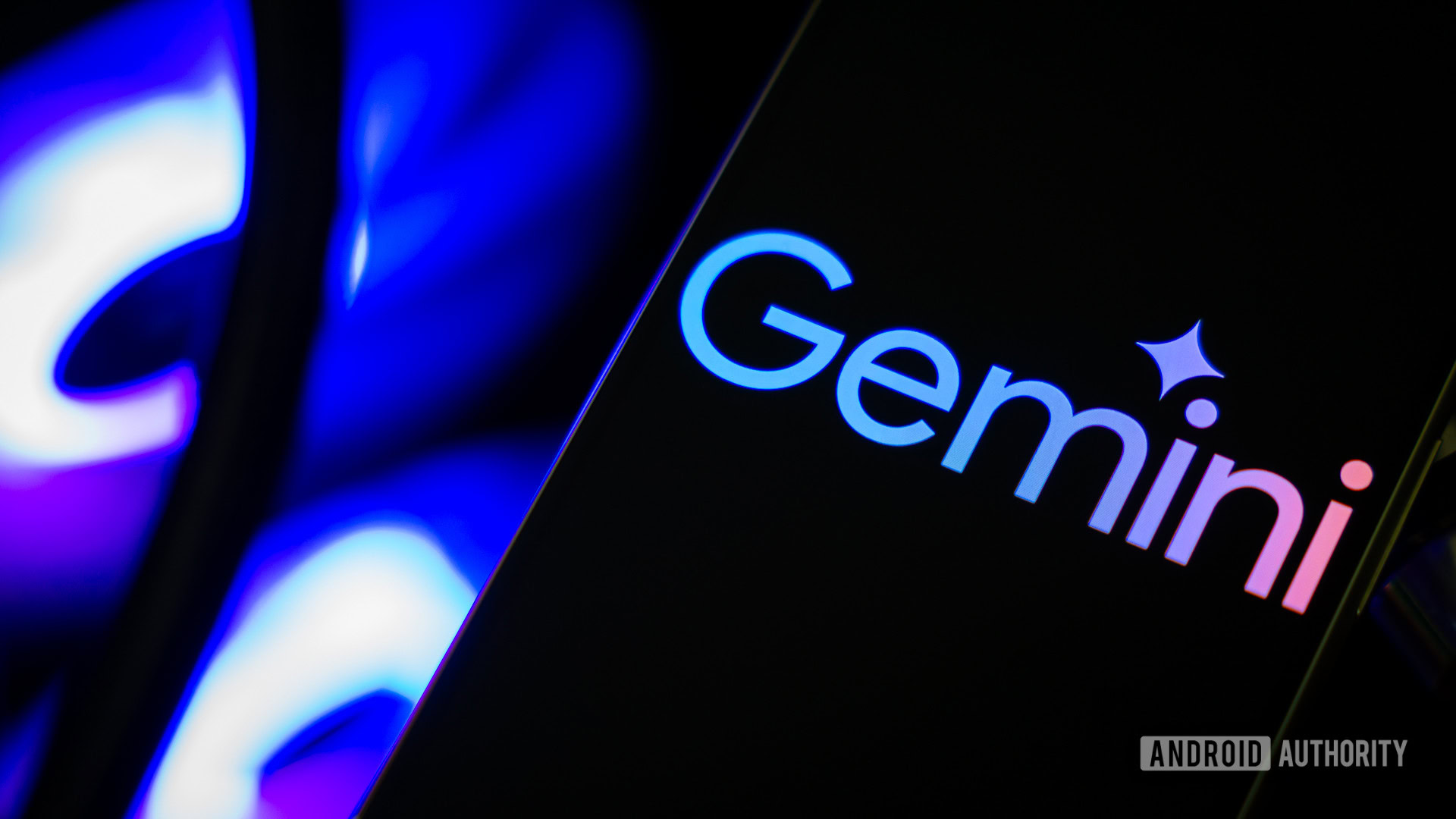
This Gemini UI change should’ve been the default from the start
Related
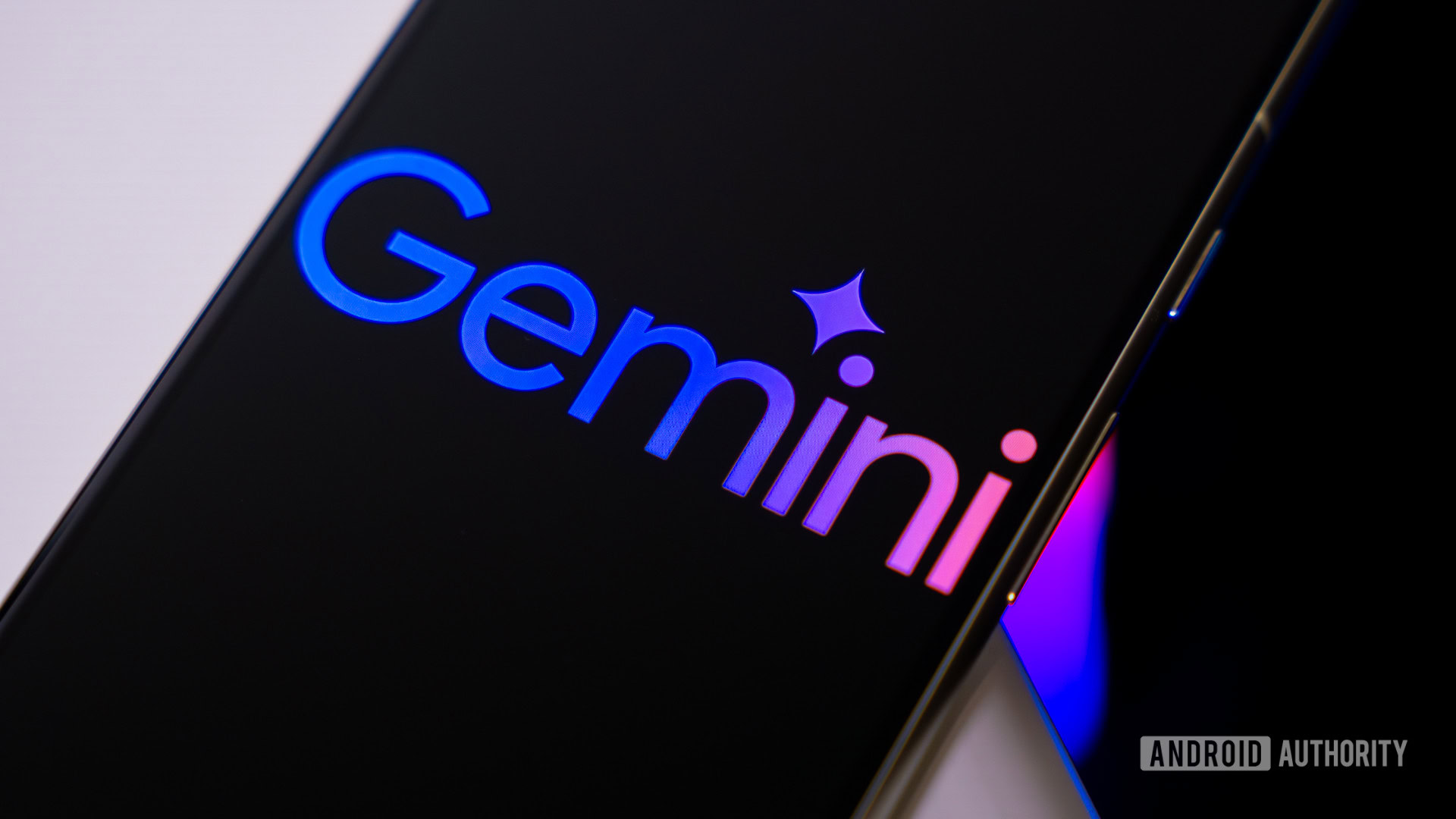
Your OnePlus phone might soon get a handy new Gemini feature
Related

Miscellaneous, but welcome, changes in other Google apps
Google Photos is testing two time-saving changes to sorting and album sharing
Related
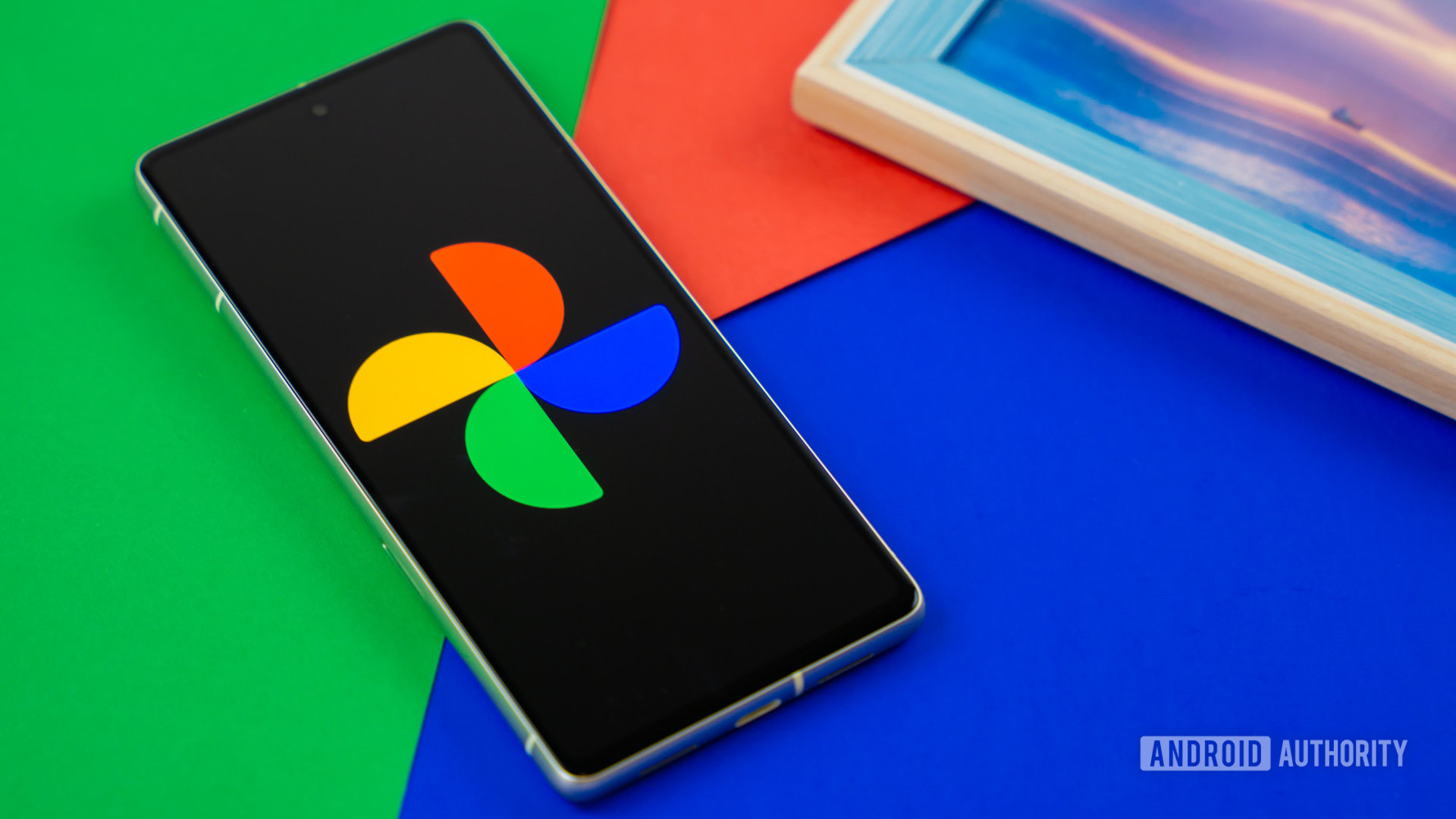
Files by Google will finally be able to natively display text files
Related
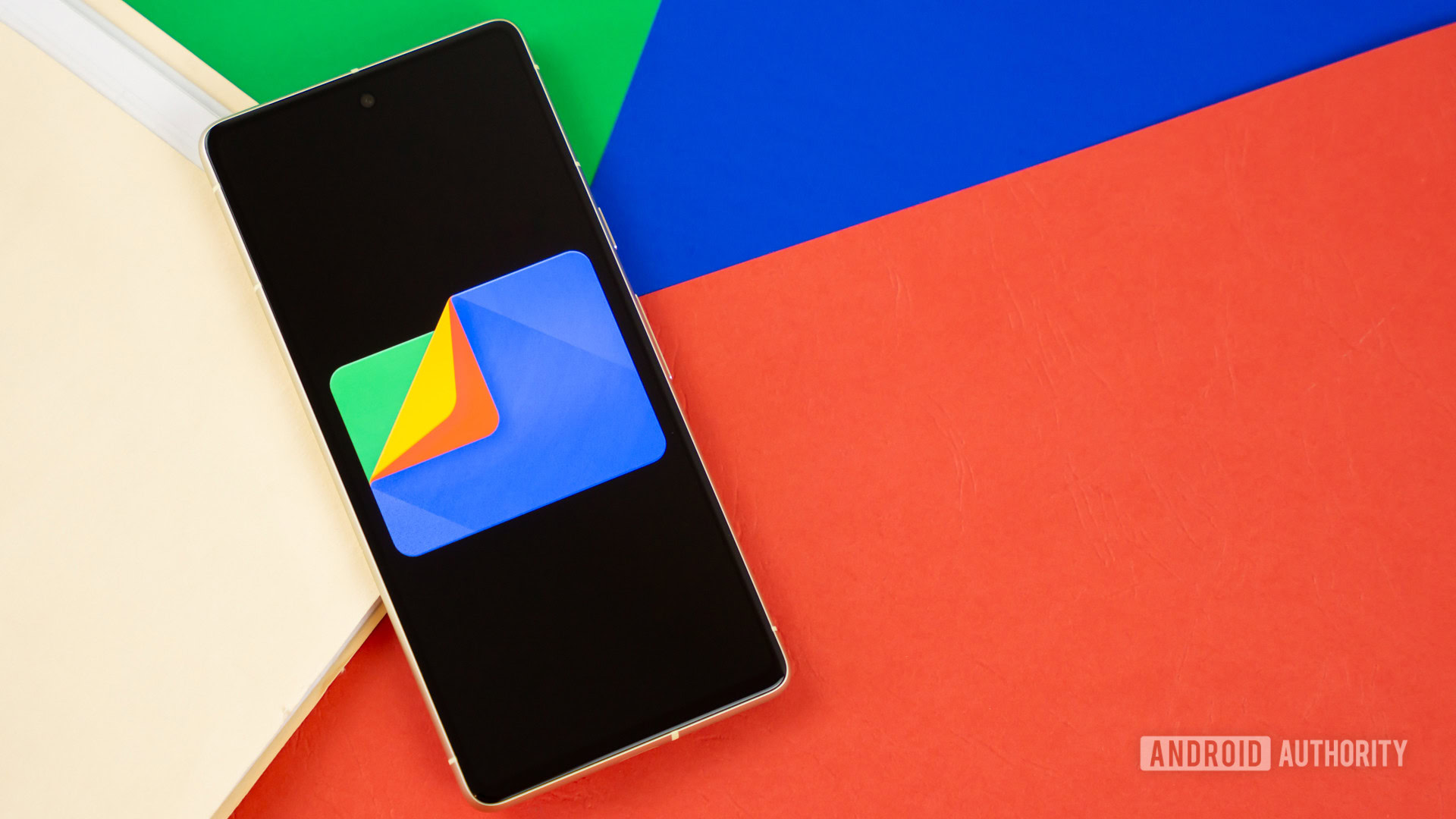
Android Auto may soon let you spend less time scrolling, more time driving
Related

Other top stories
Google’s Calling Cards are rolling out now, and this is our first proper look!
Related
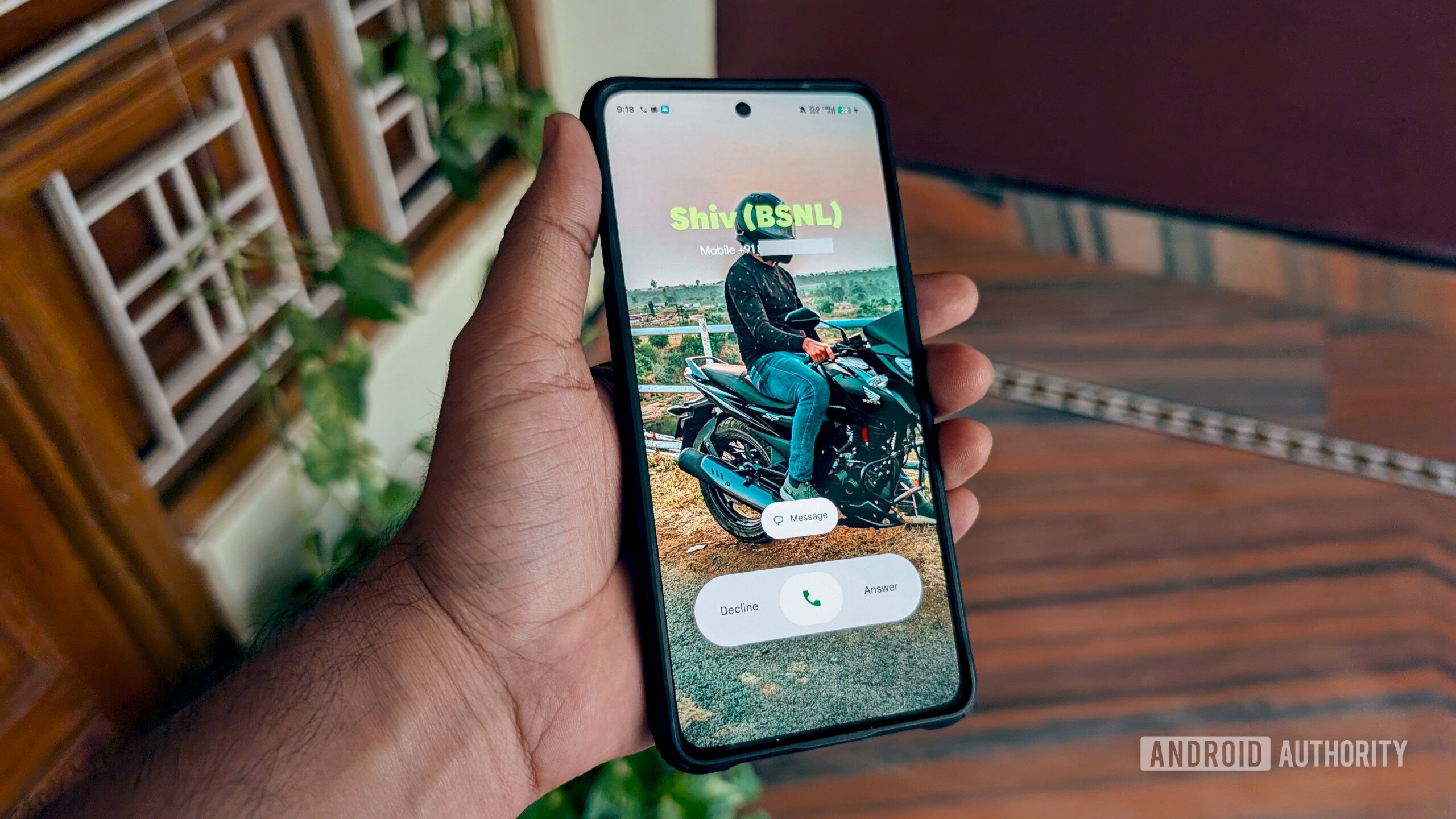
If you’re tired of bad Google Search results, here’s how I finally fixed mine
Related

Your Sony TV is finally getting its Android TV 14 upgrade — here’s who qualifies
Related

Game over: Chrome OS pulls the plug on Steam gaming
Related
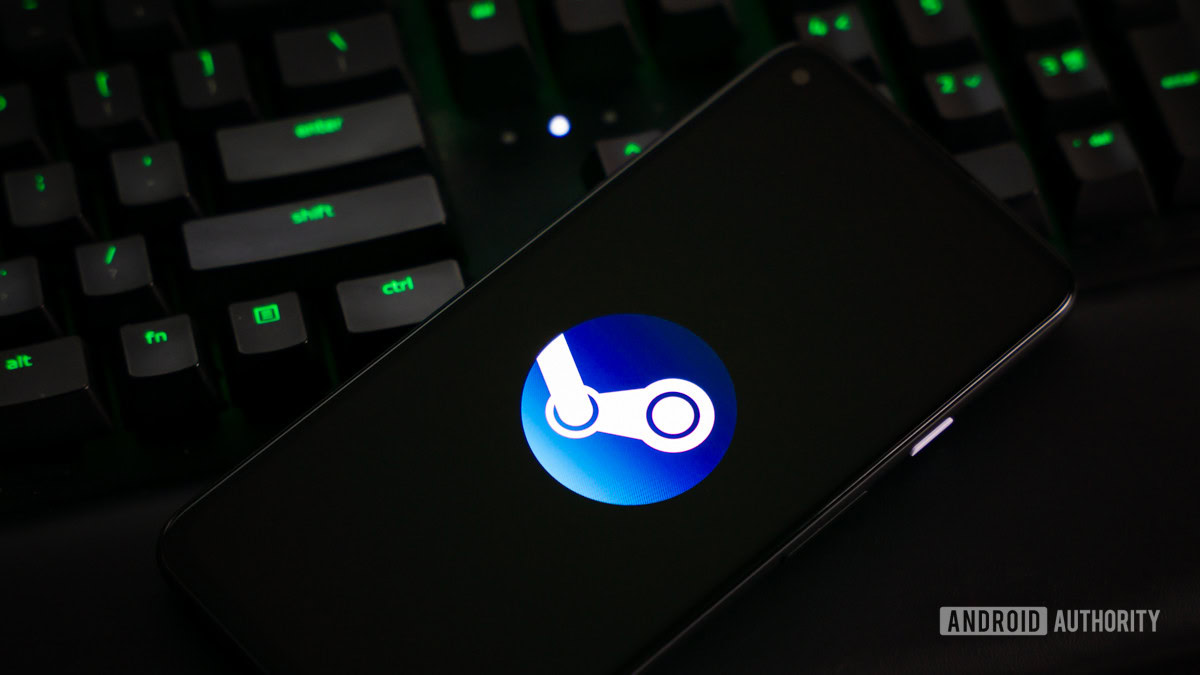
Massive Pixel leak spoils everything ahead of Google launch event
Related

You’re not making the most of YouTube and YouTube Premium if you’re not using this trick
Related

OnePlus 13 gets its own version of Google’s Best Take
Related

Thank you for being part of our community. Read our Comment Policy before posting.
Source link
